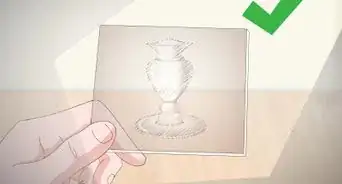This article was co-authored by wikiHow staff writer, Dan Hickey. Dan Hickey is a Writer and Humorist based in Chicago, Illinois. He has published pieces on a variety of online satire sites and has been a member of the wikiHow team since 2022. A former teaching artist at a community music school, Dan enjoys helping people learn new skills they never thought they could master. He graduated with a BM in Clarinet Performance from DePauw University in 2015 and an MM from DePaul University in 2017.
There are 8 references cited in this article, which can be found at the bottom of the page.
This article has been viewed 14,075 times.
Learn more...
Around the world, lightning bolts flash about 65 times per second—that’s a lot of lightning![1] Lightning can touch down anywhere on Earth, but something truly magical happens when it strikes sand. It leaves behind a tubular and fragile piece of petrified glass in the shape of a bolt of lightning. If you’re lucky enough to find one of these on the beach, it’s the closest you’ll ever get to holding lightning in your hand. We’ve put together a fascinating guide to how this glass forms, what it looks like, and how to search for a piece yourself during your next beach getaway. If you’ve been stricken by a bolt of curiosity, read on!
Things You Should Know
- Petrified lightning (fulgurite) is formed when lightning strikes sand and melts it. The sand fuses together and cools in the shape of the path of the lightning.
- Fulgurites look like hollow, sandy tubes with smooth, glassy insides. They’re usually tan or black and might have branches shooting off of the main tube.
- Store any fulgurites you find on the beach in a safe location, like a jewelry box or display case. They’re fragile and can break easily.
Steps
Warnings
- Be cautious when handling petrified lightning because they’re fragile and break easily. Since they’re glass, broken pieces may be sharp and cut you.⧼thumbs_response⧽
- Do not search for fulgurites during an active thunderstorm. Since they form in open areas, your risk of getting struck is increased by looking for them.[21]⧼thumbs_response⧽
References
- ↑ https://www.sciencenews.org/article/stroke-good-fortune-wealth-data-petrified-lightning
- ↑ https://interpretivecenter.org/the-truth-about-petrified-lightning/
- ↑ https://www.sciencenews.org/article/stroke-good-fortune-wealth-data-petrified-lightning
- ↑ https://www.sciencenews.org/article/stroke-good-fortune-wealth-data-petrified-lightning
- ↑ http://www.usfcam.usf.edu/cam/exhibitions/1998_12_McCollum/supplemental_didactics/10.PetGalliot.pdf
- ↑ https://www.gemcoach.com/fulgurite-guide/
- ↑ http://www.usfcam.usf.edu/cam/exhibitions/1998_12_McCollum/supplemental_didactics/06.Florida's.pdf
- ↑ http://ira.usf.edu/CAM/exhibitions/1998_12_McCollum/supplemental_didactics/47.Petrified.pdf
- ↑ http://www.usfcam.usf.edu/cam/exhibitions/1998_12_McCollum/supplemental_didactics/10.PetGalliot.pdf
- ↑ http://ira.usf.edu/CAM/exhibitions/1998_12_McCollum/supplemental_didactics/47.Petrified.pdf
- ↑ https://www.sciencealert.com/lightning-strikes-can-create-incredible-works-of-art-but-don-t-be-fooled-by-photos
- ↑ https://www.gemcoach.com/fulgurite-guide/
- ↑ http://ira.usf.edu/CAM/exhibitions/1998_12_McCollum/supplemental_didactics/47.Petrified.pdf
- ↑ https://www.sciencenews.org/article/stroke-good-fortune-wealth-data-petrified-lightning
- ↑ http://ira.usf.edu/CAM/exhibitions/1998_12_McCollum/supplemental_didactics/47.Petrified.pdf
- ↑ https://www.gemcoach.com/fulgurite-guide/
- ↑ https://www.gemcoach.com/fulgurite-guide/
- ↑ https://www.gemcoach.com/fulgurite-guide/
- ↑ https://www.sciencenews.org/article/stroke-good-fortune-wealth-data-petrified-lightning
- ↑ https://gemstagram.com/fulgurite-meanings-properties-and-benefits/
- ↑ https://www.gemcoach.com/fulgurite-guide/
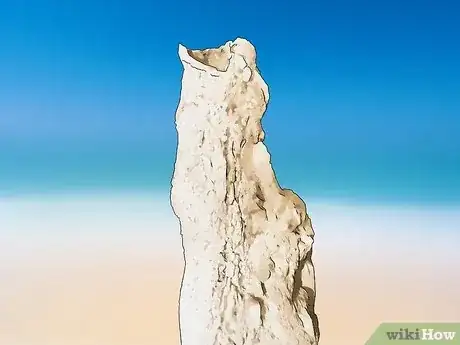
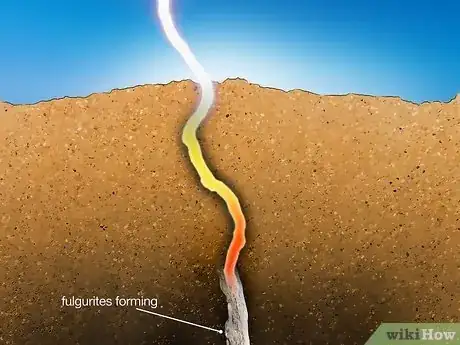

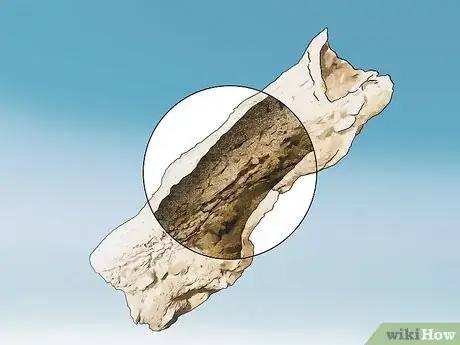
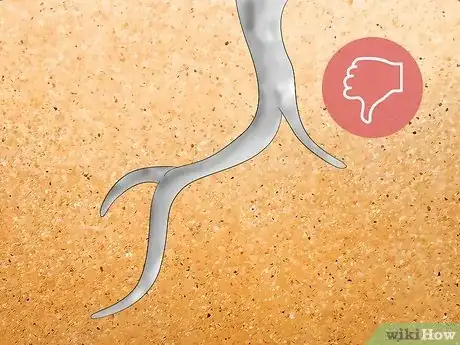
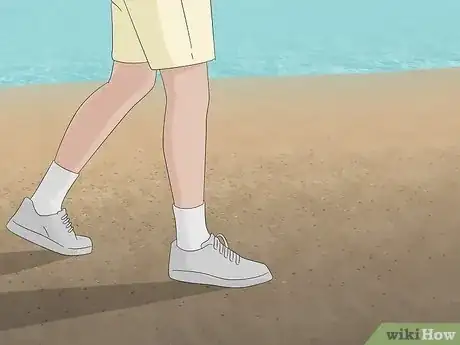
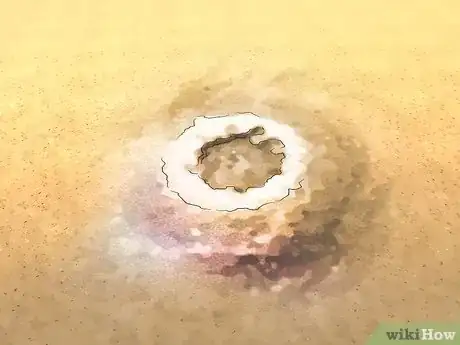
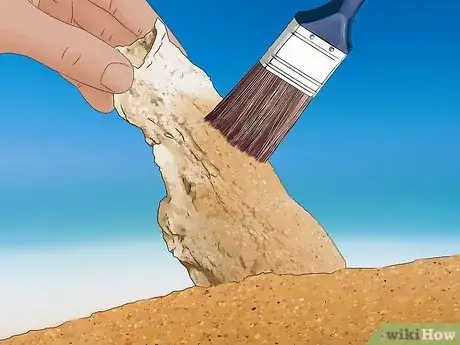
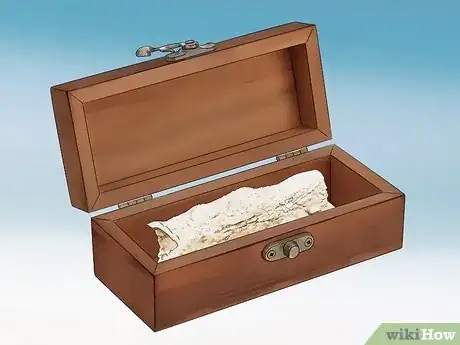
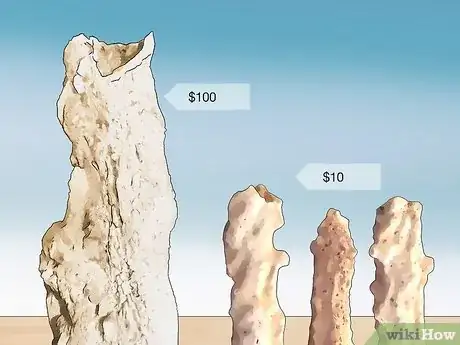





-Electric-Shock-Step-9.webp)







